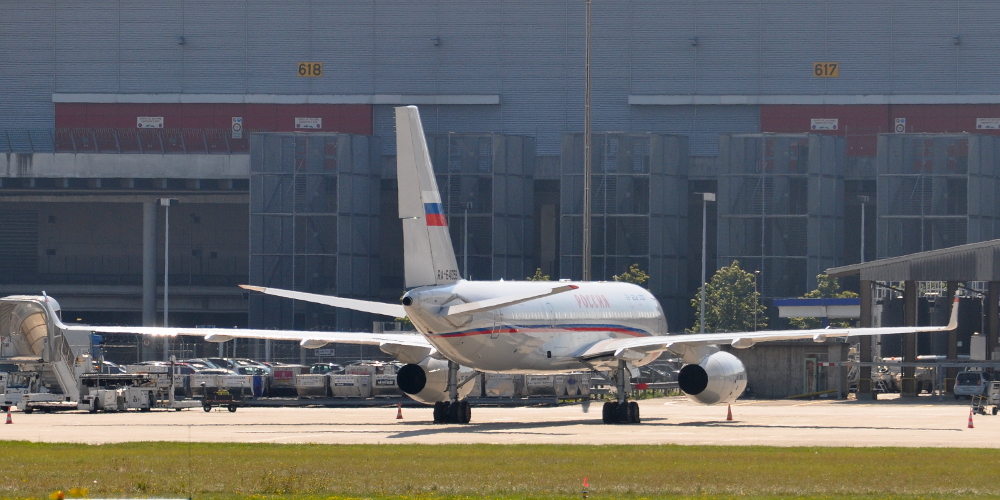|
|
Tupolev
Tupolev is a Russian aerospace and defence company, headquartered in Basmanny District, Central Administrative Okrug, Moscow. Known officially as Joint Stock Company Tupolev, it is the successor of the Tupolev OKB or Tupolev Design Bureau (OKB-156, design office prefix Tu) headed by the Soviet aerospace engineer A.N. Tupolev. The company celebrated its 90th anniversary on October 22, 2012. The Russian government merged Tupolev with Mikoyan (MiG), Ilyushin, Irkut, Sukhoi, and Yakovlev as a new company named the United Aircraft Corporation.
Tupolev OKB was founded by Andrei Tupolev in 1922. Its facilities are tailored for aeronautics research and aircraft design only, manufacturing is handled by other firms. It researched all-metal airplanes during the 1920s, based directly on the pioneering work already done by Hugo Junkers during World War I.
The first successful all-metal airplane was built with sheet electrical steel by the German engineer Hugo Junkers in 1915. With the never-completed Junkers J 3 of 1916, used strictly as a design study, Junkers shifted to lighter construction using corrugated duralumin. In the aftermath of World War I and to evade the terms of the Versailles Treaty that prevented German companies from building warplanes Junkers founded a clandestine aircraft factory in the Moscow suburb of Fili in 1922. This factory was turned over to Tupolev in 1925. Tupolev was an able designer, but his first generation aircraft were heavily influenced by his early connection to Junkers. Among the notable results during Tupolev's early period were two significant all-metal heavy bombers with corrugated duralumin skins, the ANT-4 twin-engined bomber which first flew in 1925 and the four-engined ANT-6 of 1932, from which such airplanes as the ANT-20 were derived. Tupolev's design approach in these two airplanes defined for many years the trends of heavy aircraft development, civil and military.
Tu-134 | Tu-204
Tupolev Tu-134
The Tupolev Tu-134 (NATO reporting name: Crusty) is a twin-engined, narrow-body, jet airliner built in the Soviet Union from 1966 to 1989. The original version featured a glazed-nose design and, like certain other Russian airliners (including its sister model the Tu-154), it can operate from unpaved airfields.
One of the most widely used aircraft in former Comecon countries, the number in active service is decreasing because of political intention and noise restrictions. The model has seen long-term service with some 42 countries, with some European airlines having scheduled as many as 12 daily takeoffs and landings per plane. In addition to regular passenger service, it has also been used in various air force, army and navy support roles; for pilot and navigator training; and for aviation research and test projects. In recent years, a number of Tu-134s have been converted for use as VIP transports and business jets. A total of 854 Tu-134s were built of all versions (including test bed examples) with Aeroflot as the largest user; by 1995, the Tu-134 had carried 360 million passengers for that airline.


Tupolev Tu-134A, registration EK-65072, built 1977, serial number 49972
Zvartnots International Airport (EVN/UDYZ), Yerevan, Armenia, 7 and 8 June 2017
Tu-134 | Tu-204
Tupolev Tu-204
The Tupolev Tu-204 is a twin-engined medium-range jet airliner capable of carrying 210 passengers, designed by Tupolev and produced by Aviastar SP and Kazan Aircraft Production Association. First introduced in 1989, it is intended to be broadly equivalent to the Boeing 757, with slightly lower range and payload, and has competitive performance and fuel efficiency in its class. It was developed for Aeroflot as a replacement for the medium-range Tupolev Tu-154 trijet. The latest version, with significant upgrades and improvements, is the Tu-204SM, which made its maiden flight on 29 December 2010.


Tupolev Tu-204-300A, registration RA-64059, built 2012, serial number 64059
Cointrin (GVA), Geneva, Switzerland, 23 August 2018
Tu-134 | Tu-204
|



